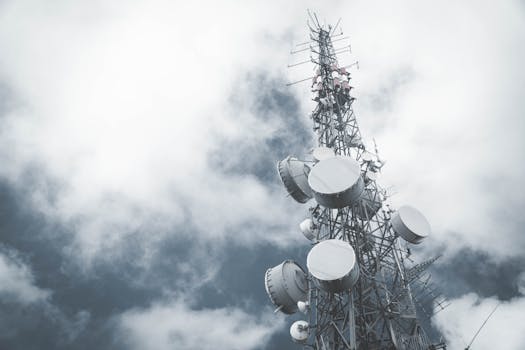The Future of Satellites: Revolutionizing Global Connectivity
The future of satellites is expected to revolutionize global connectivity, enabling faster and more reliable communication networks. With advancements in technology, satellites are becoming increasingly important for various applications, including communication, navigation, and remote sensing.

The Future of Satellites: Revolutionizing Global Connectivity
The future of satellites is expected to revolutionize global connectivity, enabling faster and more reliable communication networks. With advancements in technology, satellites are becoming increasingly important for various applications, including communication, navigation, and remote sensing. The focus keyword, future of satellites, is an essential aspect of understanding the evolving role of satellites in modern society.
Introduction to Satellites
Satellites have been a crucial part of modern technology for decades, providing a wide range of services, including television broadcasting, telecommunications, and weather forecasting. The first artificial satellite, Sputnik 1, was launched by the Soviet Union in 1957, marking the beginning of the space age. Since then, thousands of satellites have been launched into orbit, with many more planned for the future. The future of satellites holds tremendous promise, with new technologies and innovations emerging continuously.
Advancements in Satellite Technology
Recent advancements in satellite technology have led to the development of smaller, more efficient, and cost-effective satellites. The use of advanced materials and manufacturing techniques has enabled the production of smaller satellites, known as smallsats or cubesats, which can be launched at a lower cost than traditional satellites. These small satellites are ideal for constellations, which are networks of satellites working together to provide global coverage. The future of satellites will likely involve the increased use of smallsats and constellations to provide a wide range of services, including communication, navigation, and remote sensing.
Applications of Satellites
Satellites have a wide range of applications, including communication, navigation, and remote sensing. Communication satellites provide internet connectivity, telephone services, and television broadcasting, while navigation satellites enable GPS and other location-based services. Remote sensing satellites are used for weather forecasting, environmental monitoring, and earth observation. The future of satellites will likely involve the expansion of these applications, with new technologies and innovations emerging continuously. For example, the use of satellite-based internet services is expected to increase, providing connectivity to remote and underserved areas.
Challenges and Opportunities
Despite the many opportunities presented by the future of satellites, there are also challenges to be addressed. One of the main challenges is the increasing amount of space debris in orbit, which poses a risk to operational satellites. Additionally, the use of satellites for military purposes raises concerns about national security and the potential for conflict. However, the future of satellites also presents opportunities for international cooperation and collaboration, as countries work together to address common challenges and promote peaceful uses of space.




